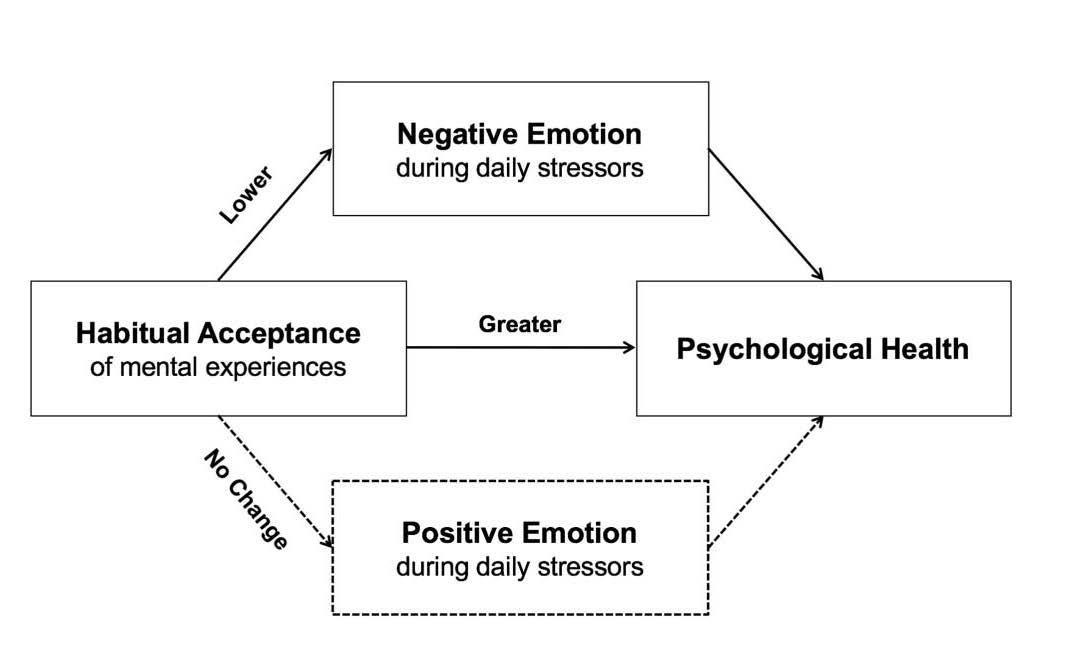Taking Up Space in STEM Education by A. Lizeth Campuzano Martínez, Computer Science Major, 2025
N
ot only are women-identifying individuals less likely to be represented in the STEM (Science, Technology, Engineering, and Mathematics) workforce, but they also may struggle to overcome gender gap obstacles that continue after graduation, such as earning less than their male counterparts. A lot of ink has been spilled on these topics, but this article will explore how the gap of STEM workers starts with the way education shapes students to pursue their passions. From Ada Lovelace to Dr. Loretta Ford, women “not being designed for STEM” is simply not a relevant argument to explain the lack of support for women pursuing these majors. One of the truths I found while researching women in science was that no nurse has ever won a Nobel Prize. While nursing sciences differ from the recognized Nobel Prize in Physiology or Medicine, nursing is perceived as a “profession deeply embedded in the gender-based power relations of society” (Neriman Akansel, 2022, para. 3).Therefore, not having an equally praised award highlights a difference in the way culture impacts these careers. Further illustrating this difference, as of 2021, “since its inception, 601 men and 23 women have received PCM (Physics, Chemistry, and Medicine) awards. This accounts for merely 3.69% women of all Nobel Laureates in 120 years” (Vijendra Agarwal, 2020, para. 8). While this example refers to a widely known prize, it is a great reference to the general cultural and academic support women must hold to succeed in the field. As a woman now pursuing a Computer Science major, I was consistently told I wouldn’t enjoy the courses or that I really didn’t like the science part of the field, but instead the “visual aesthetic” of designing an app or website. Even computers were typically “marketed almost exclusively to men, and families were more likely to buy computers for boys than girls” (NPR, 2010). I think this is a common experience that minorities in STEM fields share and may be rooted in how education systems cater their sciences content. So, we have the data. Now what can we do about it? First, talk about women and non-binary individuals succeeding in STEM fields! Recognize their work in
1
Taking Up Space in STEM Education
Women made gains – from eight percent of STEM workers in 1970 to 27% in 2019 – but men still dominated the field. Men made up 52% of all U.S. workers but 73% of all STEM workers. (U.S. Census Bureau, 2021, para. 2)







